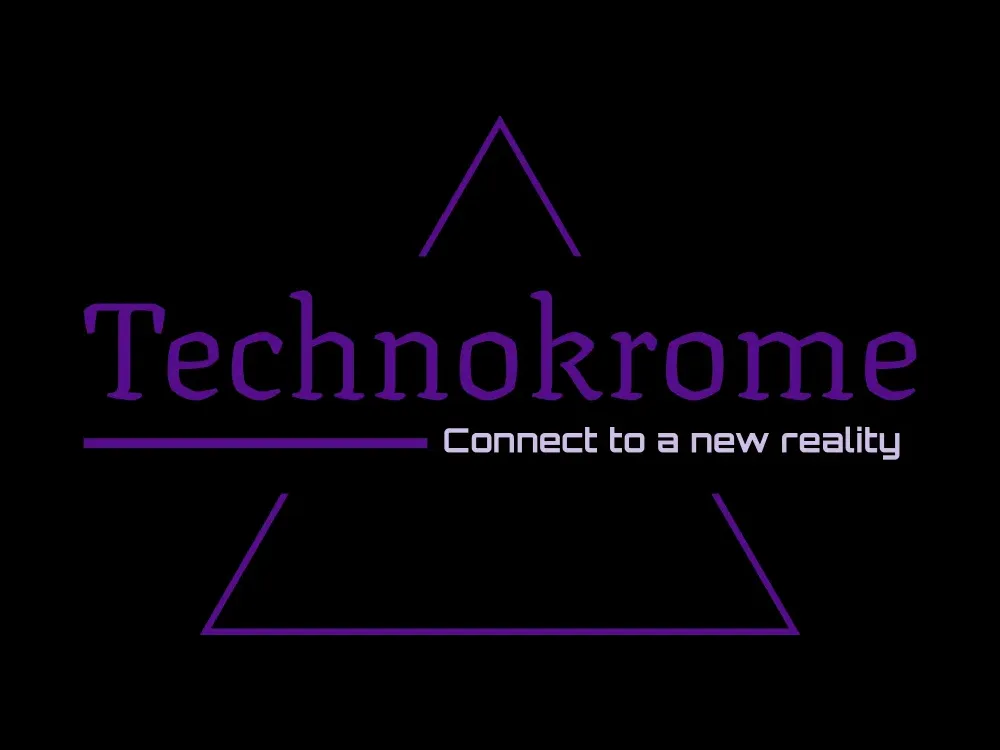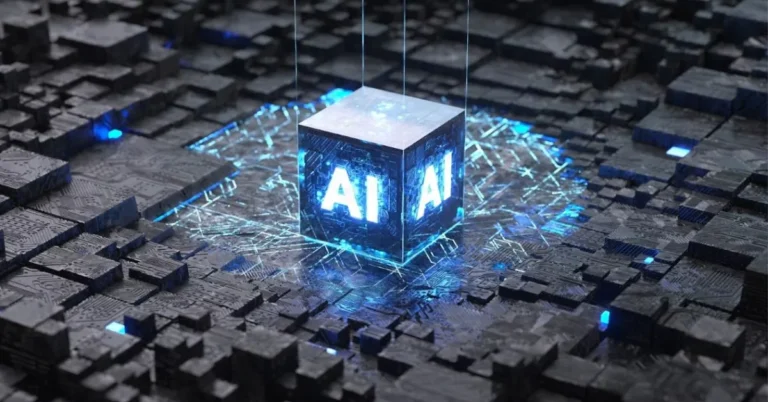What AI Does For Businesses
Alright, let’s break this down in simpler terms. When we talk about how Artificial Intelligence (AI) affects businesses, we’re basically talking about how they use fancy computer programs to make things run smoother.
So, instead of humans doing repetitive tasks over and over, AI steps in and takes care of them automatically. It’s like having a super-smart assistant that can analyze huge amounts of data really quickly and help companies make better choices faster.
For example, let’s say there’s a factory using AI to predict when their machines might break down. These AI systems use special programs to look at data from the machines and figure out when they might need fixing before they actually break.
This way, the factory can plan maintenance ahead of time, save money, and avoid long periods of downtime.
Basically, AI is changing the game by using data to help companies make smart decisions and run more efficiently. It’s all about using technology to work smarter, not harder, and stay ahead in today’s fast-paced business world.
Table of Contents
Why AI Matters in Today's World
In today’s cutthroat competition, understanding the significance of AI is like having a secret weapon in your arsenal.
Picture this: you’ve got a world where companies are constantly battling it out to be the best, and AI is the ultimate game-changer. Here’s the lowdown.
First off, AI makes everything smarter and faster. Take customer service, for example. With AI-powered chatbots, companies can respond to customer queries lightning-fast, 24/7. No more waiting on hold for ages!
Then there’s data analysis. AI algorithms sift through mountains of data faster than you can say “Big Data.” This helps companies make smarter decisions, like predicting market trends or understanding customer preferences.
Oh, and let’s not forget about personalization. Ever notice how Netflix recommends shows you might like? That’s AI at work, analyzing your viewing habits to tailor suggestions just for you.
Now, you might be thinking, “Isn’t AI just for big corporations?” Nope! Even small businesses can harness its power. There are tons of user-friendly AI tools out there that anyone can use to streamline operations and boost productivity.
Types of AI
Alright, buckle up for a crash course on AI and its different types. Think of AI as your tech-savvy friend who’s always learning and adapting.
First things first, what is AI? Simply put, it’s when machines mimic human intelligence to perform tasks. Imagine your phone recognizing your face to unlock—yup, that’s AI at work.
Now, let’s talk types. There are three main flavors:
🡺 General AI: Now we’re getting into sci-fi territory. General AI is like the all-knowing supercomputer you see in movies. It can think, learn, and problem-solve across a wide range of tasks—just like a human brain, but in silicon form.
🡺 Superintelligent AI: Hold onto your hats, because this is where things get really wild. Superintelligent AI is like General AI on steroids. We’re talking about machines that surpass human intelligence in every way imaginable. Think Skynet from “Terminator” or HAL 9000 from “2001: A Space Odyssey.”
Now, you might be wondering, “Are we living in a world of superintelligent robots?” Not quite! Right now, we’re mostly dealing with Narrow AI, but who knows what the future holds?
🡺 Reactive AI: This type of AI operates in the present moment, reacting to specific inputs without any memory or past experiences. It’s like a one-trick pony—great at performing tasks based on current information but unable to learn or adapt over time.
🡺 Self-aware AI: Now we’re getting into the realm of self-awareness. This type of AI not only understands its environment and tasks but also possesses consciousness and a sense of self. While this concept is mostly theoretical at the moment, it’s a fascinating area of study for researchers delving into the philosophical and ethical implications of AI.
🡺 Weak AI: Despite the name, Weak AI doesn’t mean it’s not useful! This type of AI is designed for specific tasks and can excel within those parameters. It’s like having a specialized tool in your toolbox—you wouldn’t use a hammer to screw in a lightbulb, right? Weak AI is all about efficiency and effectiveness within its designated domain.
🡺 Strong AI: On the flip side, Strong AI aims to mimic human intelligence across a wide range of tasks, essentially reaching or surpassing human-level intelligence. It’s the holy grail of AI research, with scientists and engineers striving to create machines that can think, reason, and problem-solve just like humans.
Key Ingredients of AI for Business Functions
Think of AI as the secret sauce that helps businesses work smarter, not harder. Here’s what you need to know:
1. Machine Learning: Picture this as the brains behind the operation. Machine learning algorithms crunch data to uncover patterns and insights, allowing businesses to make better decisions.
Whether it’s predicting customer behavior or optimizing supply chains, machine learning is like having a crystal ball for your business.
2. Natural Language Processing (NLP): Ever chatted with a virtual assistant or used speech-to-text technology? That’s NLP at work! This component of AI understands and interprets human language, making it possible for businesses to automate customer service, analyze feedback, and even generate content like product descriptions or news articles.
3. Computer Vision: Who needs human eyes when you’ve got computer vision? This component enables machines to “see” and interpret visual data, whether it’s scanning barcodes in a warehouse or detecting defects on a production line. With computer vision, businesses can improve quality control, enhance security, and streamline processes like never before.
4. Predictive Analytics: Say goodbye to crystal balls and hello to predictive analytics! This component of AI uses historical data to forecast future outcomes, helping businesses anticipate trends, identify risks, and seize opportunities before they arise.
Whether it’s predicting customer churn or optimizing inventory levels, predictive analytics gives businesses a competitive edge in a fast-paced world.
5. Automation: Last but not least, we have automation—the workhorse of AI. This component takes repetitive tasks off your plate, freeing up time and resources for more strategic initiatives.
From automating mundane paperwork to orchestrating complex workflows, automation is the key to efficiency and scalability in today’s business landscape.
Real Examples of AI in Action
1. Customer Service Chatbots: Ever visited a website and a little chat window pops up asking if you need help? That’s probably a chatbot powered by AI! Companies like Amazon and Bank of America use AI-powered chatbots to answer customer questions, resolve issues, and provide support 24/7—all without needing a human agent to be on standby.
2. Recommendation Systems: You know those “You might also like…” suggestions you see on Amazon or Netflix? That’s AI analyzing your past behavior and preferences to recommend products or content you’re likely to enjoy. By personalizing recommendations, businesses can boost sales and keep customers coming back for more.
3. Fraud Detection: Fighting fraud is a never-ending battle, but AI is up to the challenge. Banks and credit card companies use AI algorithms to detect suspicious transactions in real-time, flagging potentially fraudulent activity before it causes any harm.
This not only protects businesses and consumers but also saves time and resources compared to manual fraud detection methods.
4. Inventory Management: Keeping track of inventory can be a logistical nightmare, but AI makes it a breeze. Retailers like Walmart and Target use AI-powered systems to analyze sales data, predict demand, and optimize inventory levels.
This helps prevent stockouts, minimize excess inventory, and ultimately improve the bottom line.
5. Medical Diagnosis: AI isn’t just for business—it’s saving lives in the healthcare industry too. Companies like IBM and Google are developing AI algorithms that can analyze medical images, detect diseases, and even recommend treatment options.
By harnessing the power of AI, healthcare providers can improve diagnostic accuracy, speed up treatment decisions, and ultimately save more lives.
So, whether you’re a small startup or a multinational corporation, embracing AI could be the key to unlocking new opportunities and staying ahead of the competition.
AI also helps businesses run smoother with the help of automation and providing valuable insights through analytics. But it’s not all rainbows and unicorns – there are some hiccups too. Like privacy and safety concerns. You can check this article out where we talk more about this and how AI streamlines processes and boosts efficiency, as well as learn more about it’s ethical implications in the real world.





